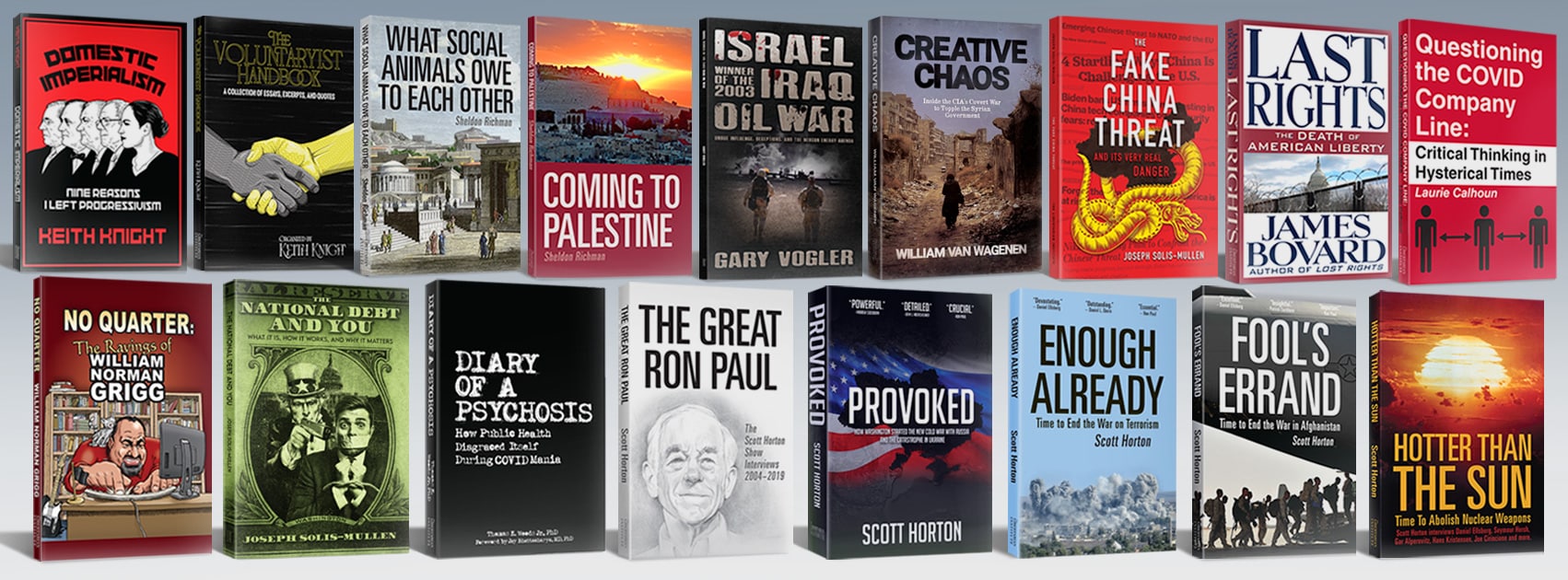As a long-time critic of Washington’s obsession with the so-called “China threat”—and having written an entire book debunking it, The Fake China Threat—I could not in good conscience allow this year’s Report to Congress of the U.S.–China Economic and Security Review Commission to pass without comment. If anything, the 2025 edition is an even more sweeping reiteration of the assumptions and exaggerations I have challenged for years. Page after page, the report presents an alarming narrative about Beijing’s intentions and capabilities, while simultaneously insisting that every corner of the globe—and every sector of American life—now constitutes a frontline in a zero-sum geopolitical struggle.
The report opens by accusing Beijing of such dire transgressions as “holding regime security” as “a core interest,” of seeking “control and influence” over “regional spheres,” of cooperating with “authoritarian states” for “geopolitical and strategic benefits,” and of “shaping narratives” through “propaganda, disinformation, and malign influence.” One could easily imagine identical language appearing about the Soviet Union, about Washington itself, or literally any power throughout history—yet when applied to Beijing, these otherwise banal behaviors are transformed into signs of imminent global domination.
Nowhere is this tendency more pronounced than in the section worrying over China’s “electrification drive” and its increasingly important role in global energy markets. More than sixty pages are devoted to the idea that China’s leadership in electric vehicles, solar manufacturing, and critical minerals mining represents a strategic threat. Absent from the report is any acknowledgment that Western corporations themselves eagerly shifted production to China, or that Washington—not Beijing—has been the global pioneer in using export controls as geopolitical coercion. When the United States weaponized semiconductor export restrictions, Beijing responded in kind with export controls on rare earths and battery materials. To portray this sequence of events as evidence of China’s uniquely sinister strategy is simply dishonest.
The Commission displays the same lack of self-awareness in its discussion of China’s space program. According to the report, “China has embarked on a whole-of-government strategy to become the world’s preeminent space power,” viewing space as a “warfighting domain” and seeking “superiority” to achieve “information dominance” in future conflicts. These statements are presented as though they reveal some shocking and destabilizing ambition. Yet even the report itself admits that the United States pursued precisely the same aims throughout the Cold War, beginning with Sputnik and culminating in the Apollo program—a state-directed race for prestige, technological supremacy, and ideological credibility. One could be forgiven for marveling at the Commission’s ability to recount this history without recognizing that China today is behaving exactly as the United States once did.
No area attracts more overwrought commentary than Taiwan. The Commission repeats the standard Beltway line that Taiwan is a “vital national interest,” a geopolitical linchpin whose fate somehow determines the future of American security. Yet as I have argued repeatedly, these claims fall apart under scrutiny. Taiwan is important to Washington because Washington has decided it is important. The obligations cited—the Taiwan Relations Act, American “credibility,” regional “order”—are political choices, not laws of nature. Yes, Taiwan produces world-leading semiconductors. But nothing about that fact requires risking a catastrophic great-power war; supply chains can be diversified or on-shored. Beijing’s pressure, moreover, is far from the unprovoked aggression the report suggests—it is rooted in the unresolved civil war of 1949, the inevitable conclusion of which Washington prevented, and remains largely reactive. None of this is to deny tensions exist, but turning Taiwan into a test of American resolve is precisely how manageable disputes become existential crises.
The report’s alarmism reaches farcical heights in Chapter Five: “Small Islands, Big Stakes: China’s Playbook in the Pacific Islands.” Here the Commission insists that tiny Pacific states—many with populations smaller than a Michigan suburb—constitute a strategic battleground essential to the wellbeing of the American people. Any Chinese port investment, loan program, or diplomatic visit is portrayed as a step toward regional domination. Yet nowhere does the Commission attempt to explain how the average American benefits from micromanaging the political and economic decisions of Kiribati or Fiji.
The underlying logic is clear: assume U.S. hegemony is the natural order of the world, treat any erosion of influence anywhere as an existential threat, and convert distant, marginal islands into “vital interests.” This rhetorical sleight of hand is a hallmark of threat inflation. It serves contractors, think-tankers, and bureaucracies far more than it serves the American public.
Nowhere is this clearer than in the Commission’s sprawling list of recommendations. These range from creating a consolidated economic-statecraft agency with law-enforcement powers, to launching new global initiatives on undersea cable security, to deepening U.S. military and political involvement throughout Southeast Asia and the Pacific Islands. They continue with calls for massive industrial-policy subsidies, a quantum-computing “race,” bioeconomy initiatives, and new industrial-finance mechanisms—all justified by the specter of Chinese power.
The recommendations amount to a blueprint for a vastly expanded national-security state: more intelligence authorities, more intervention abroad, more surveillance tools at home, more taxpayer-funded subsidies for favored industries. It is striking how rarely the Commission pauses to explain how these measures relate to the concrete economic or physical security of ordinary Americans. Instead, all problems—whether involving undersea cables in Micronesia or chip production in Taiwan—are collapsed into a single narrative of geopolitical rivalry requiring endless resources and unquestioned bipartisan support.
This is not a sober analysis of Chinese capabilities or intentions; it is a maximalist wish list for Beltway institutions whose influence grows in direct proportion to the threats they amplify. And when one examines who actually produced the report, the outcome is unsurprising: longtime Nancy Pelosi staffer Reva Price; former Project 2049 Chairman Randall Schriver; and contributions from the Atlantic Council and American Enterprise Institute. This is a who’s who of professional China hawks, each institutionally invested in perpetuating a highly militarized U.S.–China rivalry.
In sum, the Commission’s report is emblematic of the broader problem in Washington: a foreign-policy establishment unable to conceive of international politics except as a struggle for primacy, uninterested in distinguishing vital interests from peripheral ones, and institutionally incentivized to magnify threats rather than manage them. The American people deserve better than a foreign policy driven by inertia, ideology, and bureaucratic self-interest.
The good news is that alternative perspectives exist—and that skepticism toward these narratives is growing. The United States can pursue a stable, prosperous relationship with China without embracing the fear-mongering, militarism, and threat inflation that dominate reports like this one. It only requires the courage to question the assumptions that have guided Washington for too long.
















